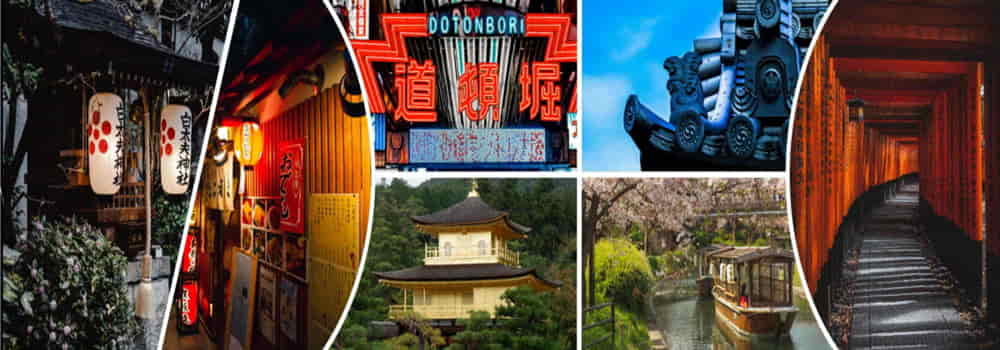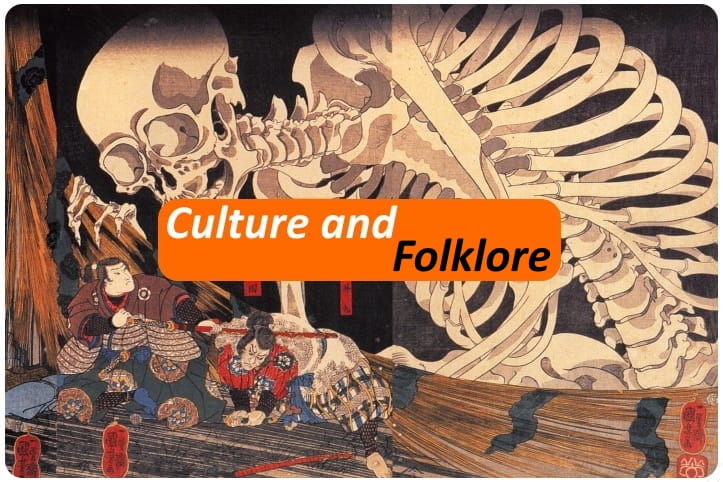Nakano Takeko中野 竹子 Woman Warrior in Edo

It is 1847 and Edo, the ancient name of Tokyo's current capital, was born a little girl named Takeko 中 野 竹子, the history will make her a top-notch character, in fact she will become a Bugeisha 女 武 芸 者, a warrior woman .
Daughter of a samurai at the service of the Ashikaga 足 利 幕府, from 1853 to 1863, is engaged in martial arts, literary arts and the art of calligraphy. During this period Akaoka Daisuke, his master and instructor of the adoptive minor sister of Daimyo of Aizu, adopted it.

Meiji Tenno 明治天皇
Takeko loved to read the stories of Japanese warriors, generals and empires, and among these readings came across one that deeply hits the story of the legendary Tomoe Gozen 巴 御前.
Holding the Hasso-Shoken certification, a branch of the major tradition of Itto-ryu (Japanese combat style with the sword), lent his services to the Itakura estate, a lord of Niwase, taught naginata な ぎ な た - 薙刀, a Japanese long weapon, to the wife of the lord who also became his secretary.

naginataなぎなた-薙刀
In 1863, she went to Osaka with his master, where he was transferred to work in Aizu's domain and there he tryed to give her to marry to his nephew, but it was a turbulent period in the nation and they were constantly ignited and Takeko didn't accept marriage and returned to her parents to Edo.
Takeko's military figure is linked to the Boshin 戊辰 戦 争 (civil war between 1868-1869) war where the Tokugawa Shogunate and the Meiji Tenno 明治天皇 supporters were opposed. During this conflict, Takeko, fought for Tokugawa Yoshinobu 徳 川 慶 喜 and brandishing her naginata became extremely valuable in the battle of Aizu.
In the fierce confrontation with imperial forces, far superior, headed by a team of only warrior women, Hirata Kocho and her younger sister Hirata Yoshi; Yoda Kikuko and her older mother or sister Yoda Mariko; Yamamoto Yaeko; Okamura Sakiko and his older sister Okamura Makiko; the concubine Watashi; Jinbo Yukiko; the students of Monna naginata dojo Monna Rieko, Saigo Tomiko and Nagai Sadako; the younger sister of Hara Gorō; Kawahara Asako; Koike Chiyoku and these women had to understand their mother and sister, these heroines, in the midst of time, went to battle in a completely autonomous way, as Aizu officials didn't give them permission to take part in the battles as an integral part of the army of domination.
In postmodern times, just for the heroic actions taken, he was given the status of a Women's Army, Joshitai 娘子 隊, and Furuya Sakuzaemon, who was the commander of Aizu's troops, designated Takeko as leader of the samurai women the day before his death.

Tokugawa Yoshinobu徳川 慶喜
It is on Yanagi Bridge, near Nishibata in Fukushima, during a tough battle with imperial troops, exhausting Nakano Takeko's last moments of life. During one of the last attacks on the White Army, the imperial soldiers realized that those who came to them were all women from here who didn't fire, this made a disastrous decision because they had no idea how those women were terribly trained and courageous.
The clash was really tremendous, many soldiers were injured or killed by these indomitable women, Takeko herself killed nearly a dozen with the help of her faithful naginata until a shotgun hit her chest and slammed it to the ground. Still alive, she knew very well how her body would be treated by the enemies and told her sister Yuko to perform the extreme act, to decapitate her to avoid her capture and to have an honorable burial; her sister accepted Takeko's last will and drove her with the collaboration of Ueno Yoshisaburo, a soldier in the Aizu army.
At the end of the terrible battle, Takeko Nakano's head was taken by her sister to Temple Hokai, the temple of the family, and buried with all honors by the priest under a pine tree and her weapon was donated to the Temple. A woman of great courage and temperament, a woman cultivated, a woman who took a slice of the history of those turbulent periods of Japan.

 English (United Kingdom)
English (United Kingdom)  Italiano (it-IT)
Italiano (it-IT) 






![[Review] Princess Toyotomiプリンセス トヨトミ](https://www.fukainihon.org//cache/mod_jt_contentslider/fdfb524f85518b9476158c79c8ea022f_328.jpg)


